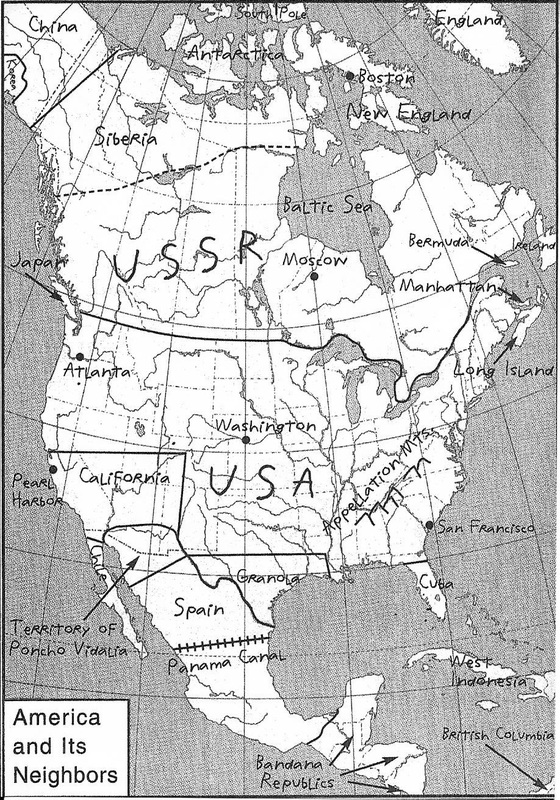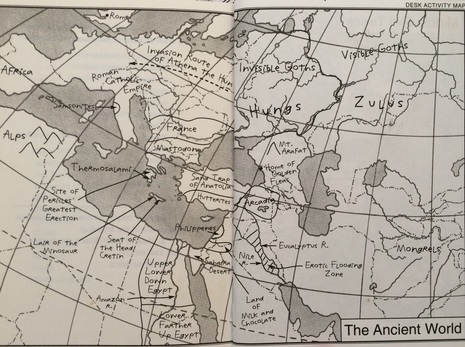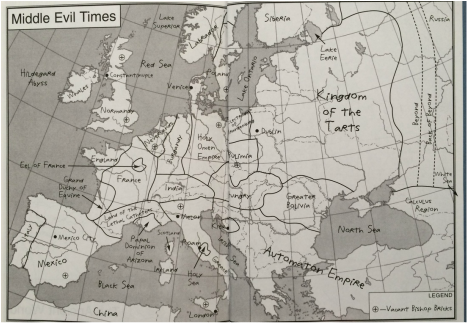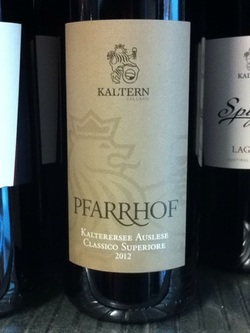n
The Miami incident is far from isolated. In 1989 a Gallup poll conducted by the National Geographic Society asked young adults in nine countries to identify 16 locations on a world map. Participants from the U.S. averaged just seven of 16 correct answers. In 2002 an expanded survey also from the NGS asked 56 questions to assorted young adults (same age range and same countries). Sweden scored the highest by far with an average of 40 correct answers while the U.S. put up another dismal showing with an average of just 23 of 56 questions correct. Further, only 37% of the Americans could locate Iraq on a map even with the U.S. at war with Iraq at the time.
Roughly the same time as the second NGS quiz a Canadian history professor named Anders Henrriksson published a small book called “Non Campus Mentis.” The book is a compendium of sorts comprised of student answers from college history exams compiled over a period of many years by Henrriksson. The text can only be described as a remarkable collision of errors, inane assumptions, and epic misuse of language. Imagine world history rewritten by college kids in the throes of finals week exhaustion just trying to get through an hour’s exam any way possible. The result is a thing of beauty and one of the funniest books I have ever read. Trust me; we couldn’t make stuff like this up even if we had to. Favorite quotes include:
The Classical Age
“Arranged marriages required women to accept a kind of mate accompli. King Xerox of Persia invaded Greece, but fell off short at the battle of Thermosalami. Philip of Mastadon captured Greece and then was killed in a family sprawl.”
The Waning of the Middle Ages
“Finally, Europe caught the Black Death. The bubonic plague is a social disease in the sense that it can be transmitted by intercourse and other etceteras. Victims of the Black Death grew boobs on their necks. Death rates exceeded one hundred percent in some towns.”
World War II
“Hitler, who can become depressed for some reason, crawled under Berlin. Here he had his wife Evita put to sleep, and then shot himself in the bonker.”
What is especially striking about the book are several maps where students were once again asked to identify major cities, countries, and geographical features around the globe. The results are so tragically bad that I had to include them in this post. While the maps provide immense humor they are equally pathetic in how they illustrate monumental ignorance of the most basic world geography on the part of college-level students even to the extent of not knowing the location of parts of the U.S. much less Canada or Mexico.
You kids get off my lawn. Seriously.
You may not think our geographical illiteracy important but consider this: in 1995 Robert McNamarra, former Secretary of Defense under President Lyndon Johnson, wrote in his retrospective on the Vietnam War that he failed as a guide to American policy and strategy in regards to the war. McNamarra lists “eleven major causes for our disaster in Vietnam” including “our profound misjudgment of the history, culture, and politics of the people in the area.” Would there have been a Vietnam War if McNamarra and those around him had a more accurate picture of the terrain, climate, culture, and peoples of North and South Vietnam? I leave that to your consideration.
Enter Harm de Blij. In January of 1999 Carla and I were on a cruise from Long Beach to Honolulu, the first leg of a Crystal Cruise world cruise. A fellow guest lecturer on the cruise was a geographer named Harm J. de Blij (duh-blay). De Blij was one of the world’s most authoritative geographers at the time with over 30 published books, 100+ articles, and five honorary degrees. I’d never heard of him before but after listening to him for just five minutes I was convinced he was one of the handful of greatest teachers I’ve ever seen.
De Blij’s extraordinary depth of knowledge combined with an immense passion for geography and what I can only describe as an insane desire to share his knowledge were infectious. I spoke with him several times during the crossing and I was hooked—yet again–on geography. After the cruise I immediately sought out one of his books and started to reacquaint myself with all things geographical. In his writing de Blij argued that our country’s ignorance of geography from the very top echelons of government made us vulnerable to poor foreign policy decisions. A quick survey of the post 9/11 years would prove him unfortunately correct.
What does geography have to do with wine? And what do students in the MS program know that you probably don’t? Geography. It’s important to us; it’s everything. All theory study for the sommelier begins and ends with maps. Pointing to a place on a map–which could be Champagne, the Mornington Peninsula, or Nemea—starts a mental visual file which is not unlike google earth zooming down to a spot on the globe. A single place name initiates a mental sequence starting with important geographical features (oceans, lakes, rivers, and mountains), regional climate and micro climates, soil types, specific grapes/clones, and further how said grapes are grown and the wine is made. But everything begins and ends with a spot on the map. Geography—by itself—is what separates students in our program from every other consumer on the planet who drinks wine. Why? Because we organize the wine universe by place and the rest of the world tends to do so by grape variety.
To even have a clue about a wine as a professional one absolutely must know about the place of origin; the effect of diurnal shift on varietal selection and how elevation and bodies of water mitigate temperature in growing regions. Geography even affects tasting in terms of a wine’s specific style, fruit type and quality, and the structural elements including the levels of acidity, alcohol, and tannin.
Not convinced? Here’s your wine geography quiz for the day. Consider the label below. This wine can only be made in one place—and one place alone. Where is it?
I’ll end this post by making a plea for everyone to spend a few minutes a week looking at maps. More importantly, teach your kids geography. Our country desperately needs geographically literate students and adults and it all begins at home. Teach your kids geography. And teach them music.
More on that later…
nn



